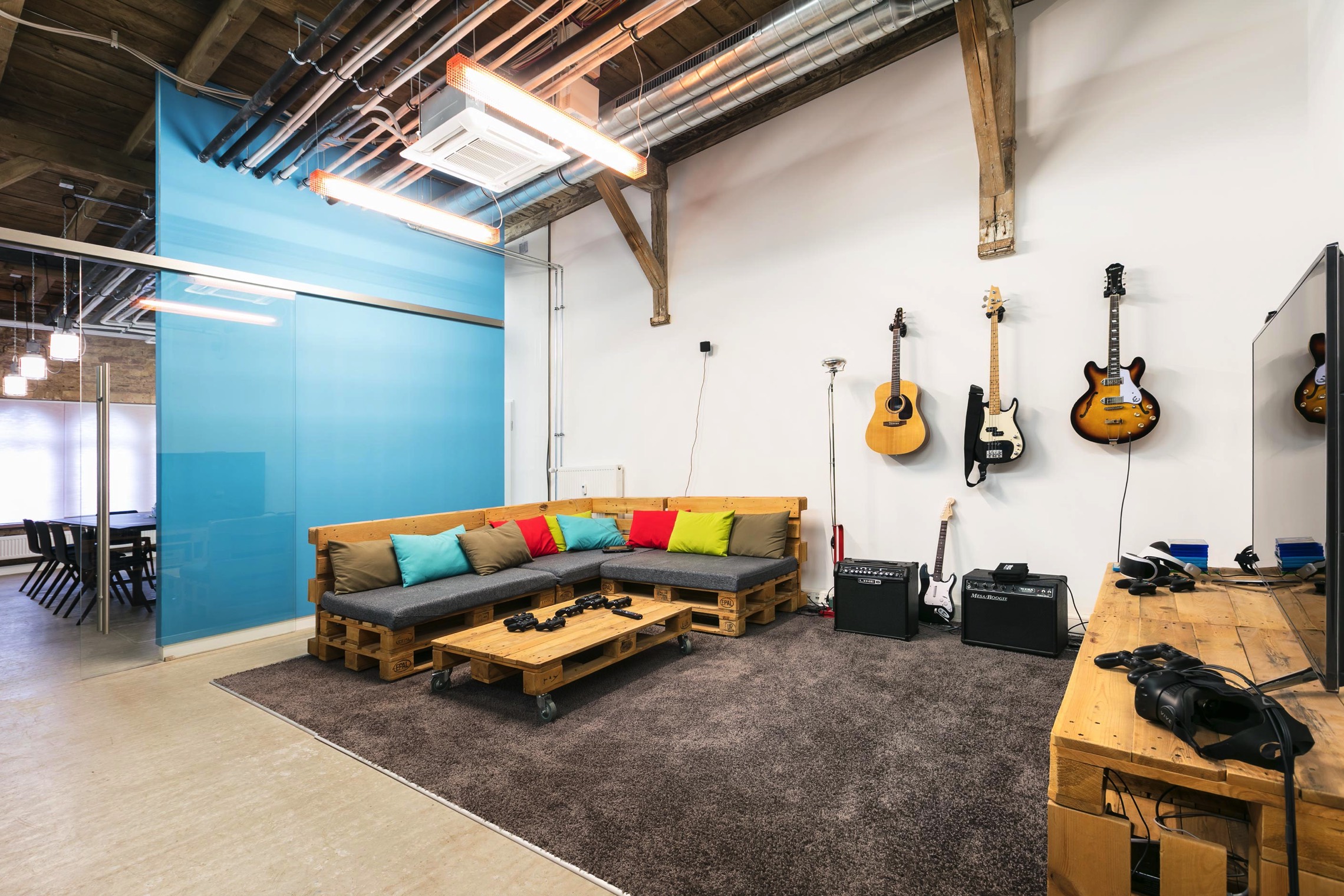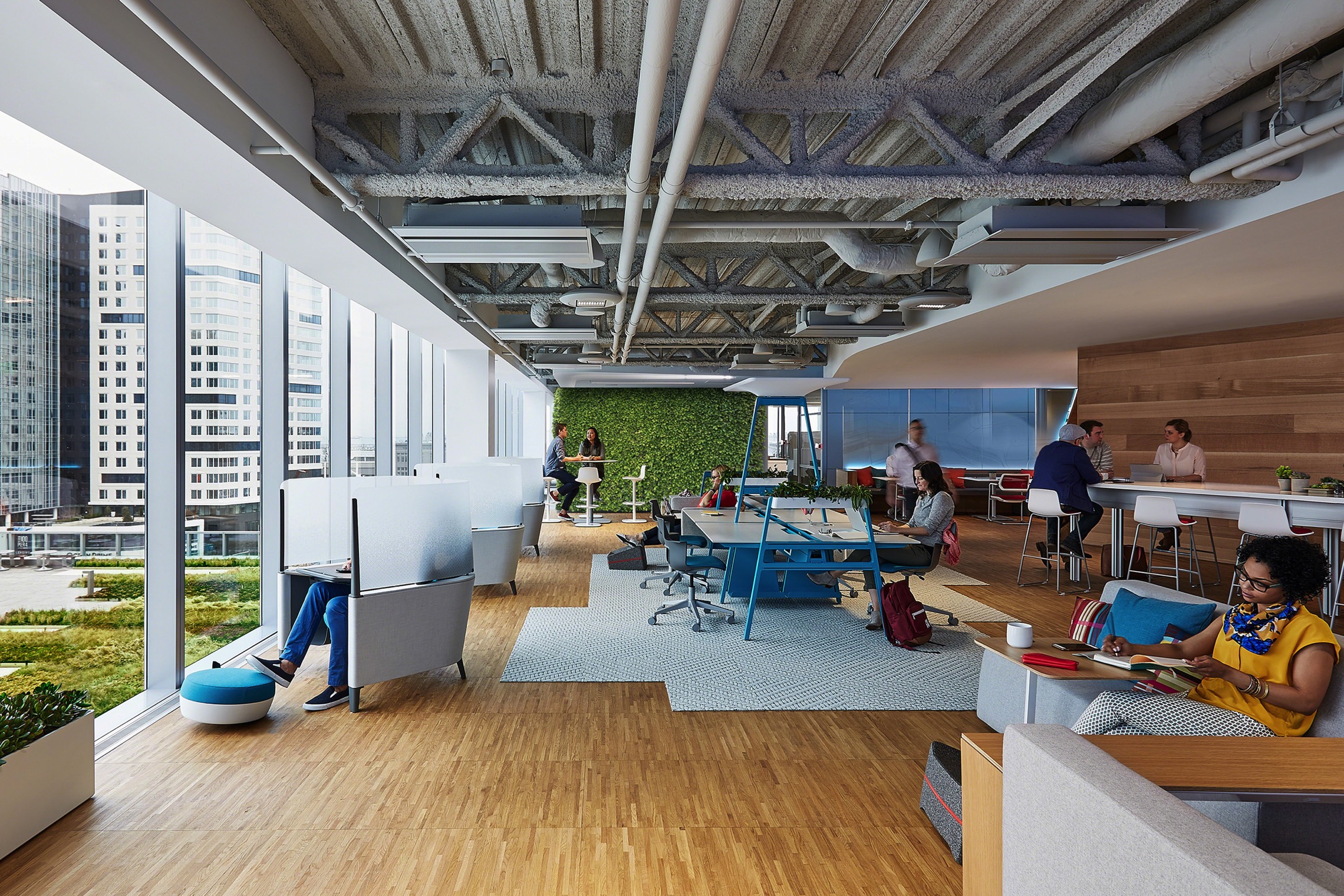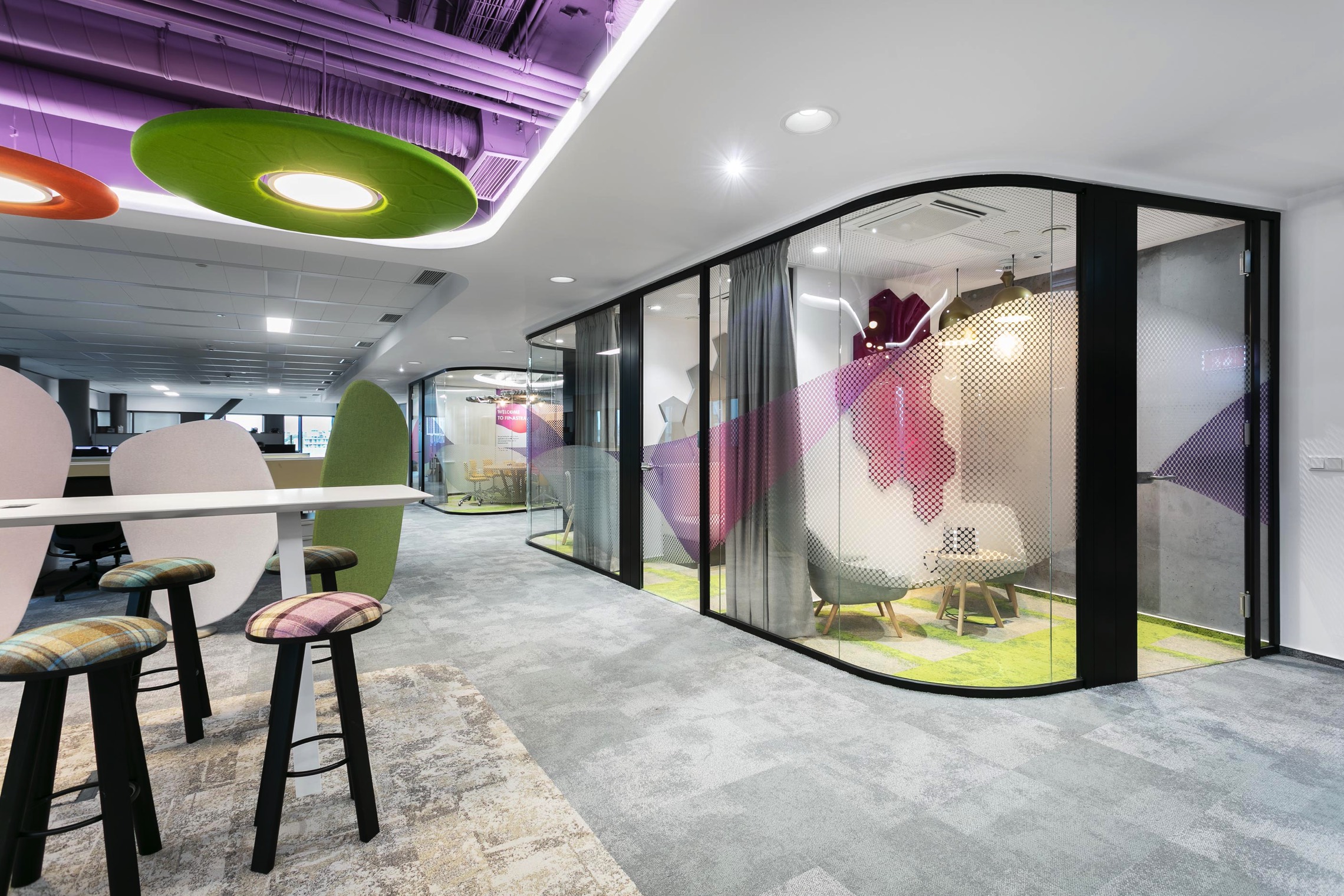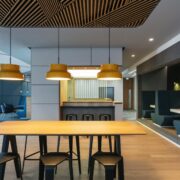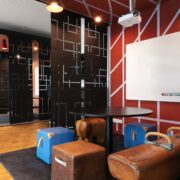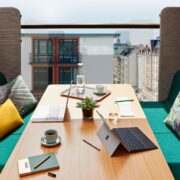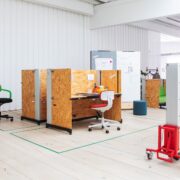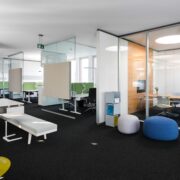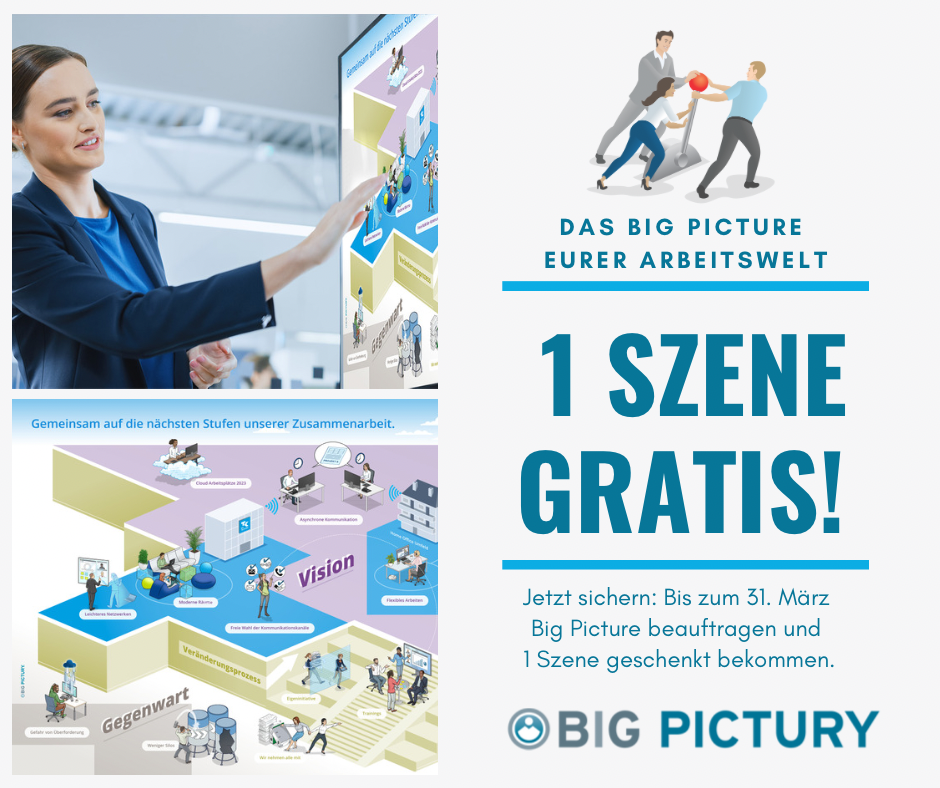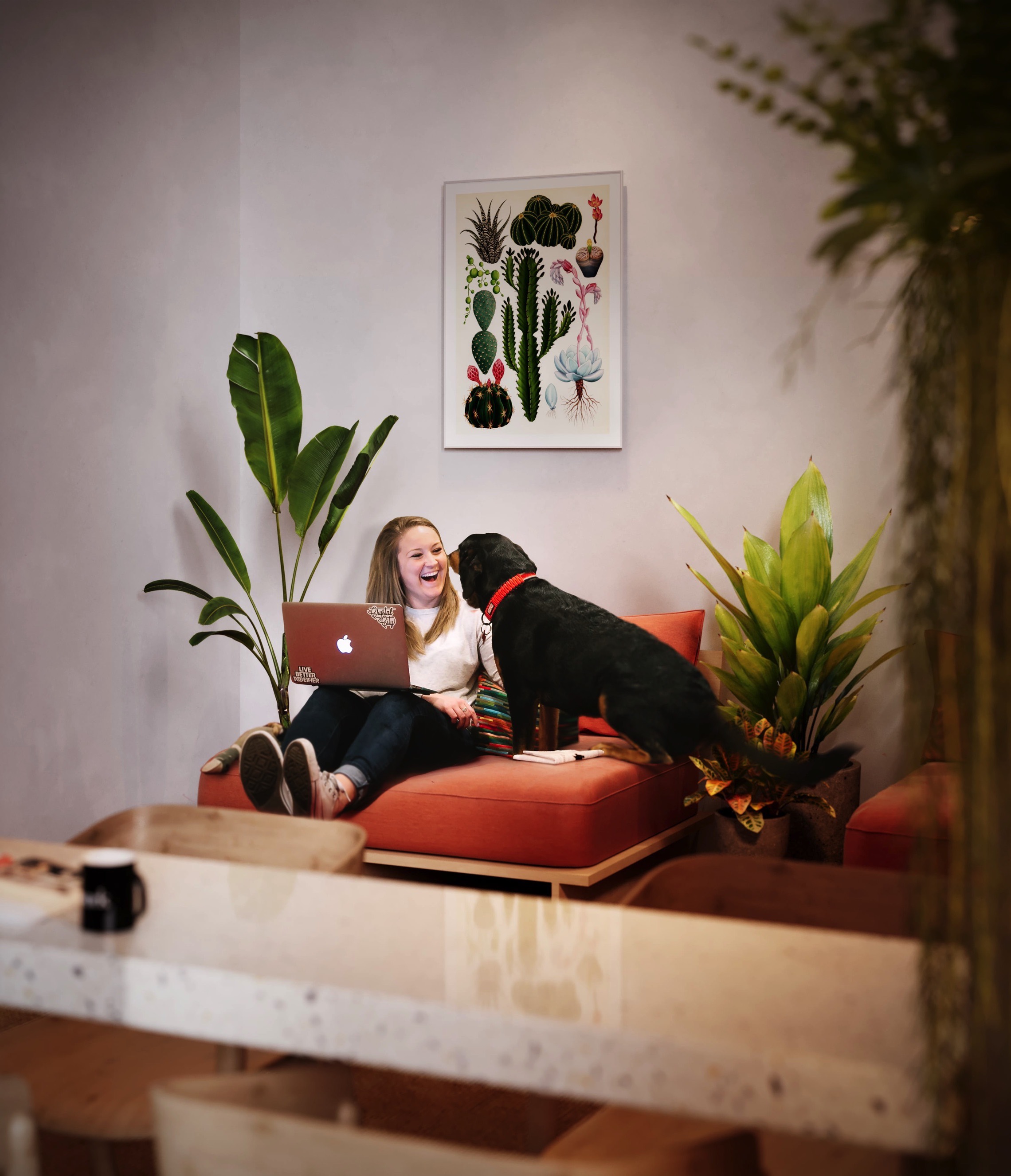Workplace design in times of Covid 19
Surely none of us could have imagined at the beginning of last year how comprehensively our lives would change in a matter of weeks. The pandemic has made deep incisions into our collective daily life and our working life won’t be the same again for some considerable time yet. The question now is: how will workplace design change to adapt to the current and post-Corona world, and which of those changes will stand the test of time? We put these questions to a number of the most prominent designers and interior designers in Germany and worldwide. We’re now publishing their answers to these questions in our series “Workplace design in times of Corona”.
Deserted desks, empty hallways. That's probably how it looks in most offices at the moment. Many companies have sent their employees to their home offices to protect themselves from Covid-19. But even if the end of the pandemic still seems a long way off, it is already clear to most that 100% home office cannot remain a permanent state! Many long to return to the office.
But what should this office look like? The time seems perfect to deal with it right now and to (re)design work landscapes for the future. When it comes to designing working landscapes, more and more companies are looking enviously at Silicon Valley. Here it would seem that the ground-breaking ideas of our time emerge almost through play – in colourful offices with slides, table tennis tables and yoga rooms, making them more reminiscent of playgrounds than serious workplaces.
And the "war for talents" is increasing the pressure on companies all round. Job interviews are no longer just about salaries and holidays, but about feeling good at work and individual development. A striking and unusual workplace can therefore be the decisive argument when choosing a new employer.
In everyday office life, however, many companies find themselves disillusioned with the hip new spaces since they are often empty. A bad investment, then? Not necessarily. But "cool" alone isn't enough.
Creative ideas need space
Up until just a few years ago, many offices consisted purely of rigid allocated spaces lined up next to each other across entire floors, and designed to get as many people as possible assigned to their fixed work areas. However, as digitalisation progressed, these boundaries became blurred. Today, companies are increasingly working across functions and divisions, and this is also reflected in offices.
Allocated spaces are giving way to flexible working landscapes with countless opportunities for teamwork. Particularly when working in an agile manner, communal areas are now not simply meeting places for relaxed coffee breaks but also important work tools. This is where new ideas are generated in creative processes and thus also where value creation takes places within companies. Spatial design plays a key role in this.
In order to keep up with the international competition, managers when designing workspaces are looking to the world's most successful companies for inspiration. The result: The number of permanently assigned workplaces is decreasing, and new offers such as lounges, cafés and private niches are being created. From the abundance of potential employers, the aim is to stand out in the competition for the best specialists as particularly stylish, cool or young.
Functionality before aesthetics
However, despite all the changes in the world of work, one fundamental thing hasn't changed: People come to the office to work. To do this, employees prefer to use different spaces, as the Steelcase Global Study of International Workspaces confirms. The aesthetic factor plays a secondary role. The decisive factor is that the space should optimally support individual working.
To this end, Steelcase has carried out several experiments, with surprising results: If two almost identical work areas are located next to each other, employees prefer the one that is functionally better suited to their respective work task, and not the one that simply looks more comfortable. Although the latter strengthens the "heartquarters", i.e. the culture of the company, it often doesn't provide the necessary support for productive work.
Often, lavishly equipped common rooms remain unused due to apparent banalities such as a lack of power sockets for laptop use. To use their space as effectively as possible, companies should therefore plan such areas just as carefully as workplaces for individual work.
Four factors for relaxed working
The core function of common areas is social interaction. In order to be fully effective, they must be designed in such a way as to enable relaxed working. But what does that actually mean?
One decisive factor is privacy. Can others hear what is being said? Are there any visual distractions? Relaxed working requires a feeling of security, and doors and walls are not necessarily required for this. A lot can be achieved with cushioning floor coverings, the right arrangement of partition walls and storage space for personal belongings.
Physical support is equally important for a high-performance working environment, because the more varied the tasks, the wider the range of preferred postures. While short meetings are most effective when held standing up, concentration is higher when sitting. The right furniture not only offers flexibility, but also specifically promotes desired behaviour and equal participation.
The efficiency of work areas also depends on their spatial proximity. This applies both to the position in the total area and to the furniture combination. How far are the walking distances for the different users? Are working tools within easy reach?
Besides functionality, aesthetics, too, remain important. The relationship between posture, privacy, proximity and personality should therefore always be considered holistically.
Spatial zones as a formula for success for working landscapes
Whether a work area is used or not only appears arbitrary at first glance. According to Steelcase, the decisive factors for the frequent use of common rooms are task-related equipment, the widest possible range of uses for work surfaces, power sockets and privacy. Authorisation to adapt spaces to own needs and the context of use also play a role.
With experience in the home office, these factors become all the more relevant. After all, why should we return to the office if it does not offer us any added value compared to the home office? Keeping these factors in harmony strengthens team identity and even contributes to improved performance.
One design rule of thumb is the following: Most successful of all are working landscapes that support all five areas of work – concentration, networking, collaboration, learning and regeneration. This ensures that an appropriate spatial zone is available for each type of task carried out on a daily basis.
feco-feederle GmbH, Karlsruhe, Dezember 2020
